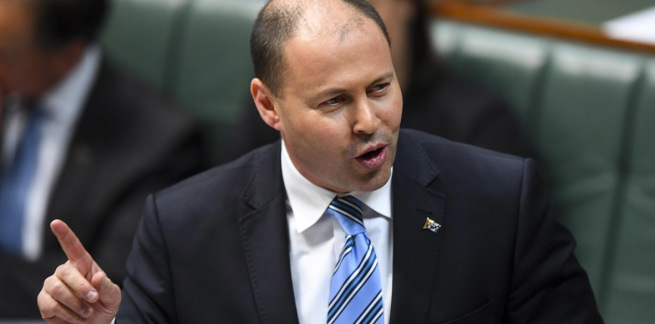According to the latest national accounts data from the Australian Bureau of Statistics (ABS), the country’s GDP plunged 7 per cent in the three months to 30 June 2020 – the sharpest contraction since records began in 1959.
This follows a 0.3 per cent decline in the March quarter, thus meeting the definition of a technical recession – two consecutive quarters of negative GDP growth.
The quarterly contraction was at the top of end of market expectations for a fall of between 5-7 per cent and came amid the height of nationwide lockdown measures imposed to curb the spread of COVID-19.
The contraction was driven by 12.1 per cent fall in household consumption, particularly spending on services, which fell 17.6 per cent.
Reacting to the quarterly result, Commonwealth Treasurer Josh Frydenberg commented: “[The] devastating numbers confirm what every Australian already knows. COVID-19 has wreaked havoc on our economy and our lives like nothing we have experienced before.
“But there is hope and there is a road out.
“Our plan for the recovery has seen hundreds of thousands of Australians already get back to work and thousands of businesses reopen their doors.”
According to ANZ Research, all eyes will be on the September and December quarters for insight into the speed of the economic recovery, which hinges on confidence in the labour market.
“The focus is now on Q3 GDP – how much the second wave and associated shutdown in Victoria has weighed on growth – and Q4 – how the economy will manage with sharply lower fiscal stimulus,” the group noted.
“In Australia’s recession in the early-1990s, unemployment rose from 5.8 per cent in late 1989 to 11.2 per cent in late 1992, after which it took 10 years for unemployment to get back to pre-recession rates.”
The unemployment rate currently sits at 7.5 per cent, with an effective unemployment rate of 9.9 per cent.
ANZ Research added that “significant further stimulus” would be required over the next few years to “generate growth and jobs and drive the unemployment rate down”.
On Wednesday (2 September), the federal government passed legislation to extend the JobKeeper program for six months to March 2021.
The wage subsidy will continue to be provided to “significantly impacted businesses” to prevent further job losses.
The quarterly GDP report follows the latest monetary policy update from the Reserve Bank of Australia (RBA), in which the board elected to maintain existing settings.
The central bank held the official cash rate at 0.25 per cent and continued to support liquidity through its quantitative easing program and repurchase (repo) transactions on the overnight money market.
RBA governor Philip Lowe has repeatedly stressed that rates would remain unchanged for “some years to come”, with the COVID-19 crisis stifling progress towards the central bank’s employment and inflation targets.
[Related: RBA maintains monetary policy settings]
 ;
;

Comments (0)